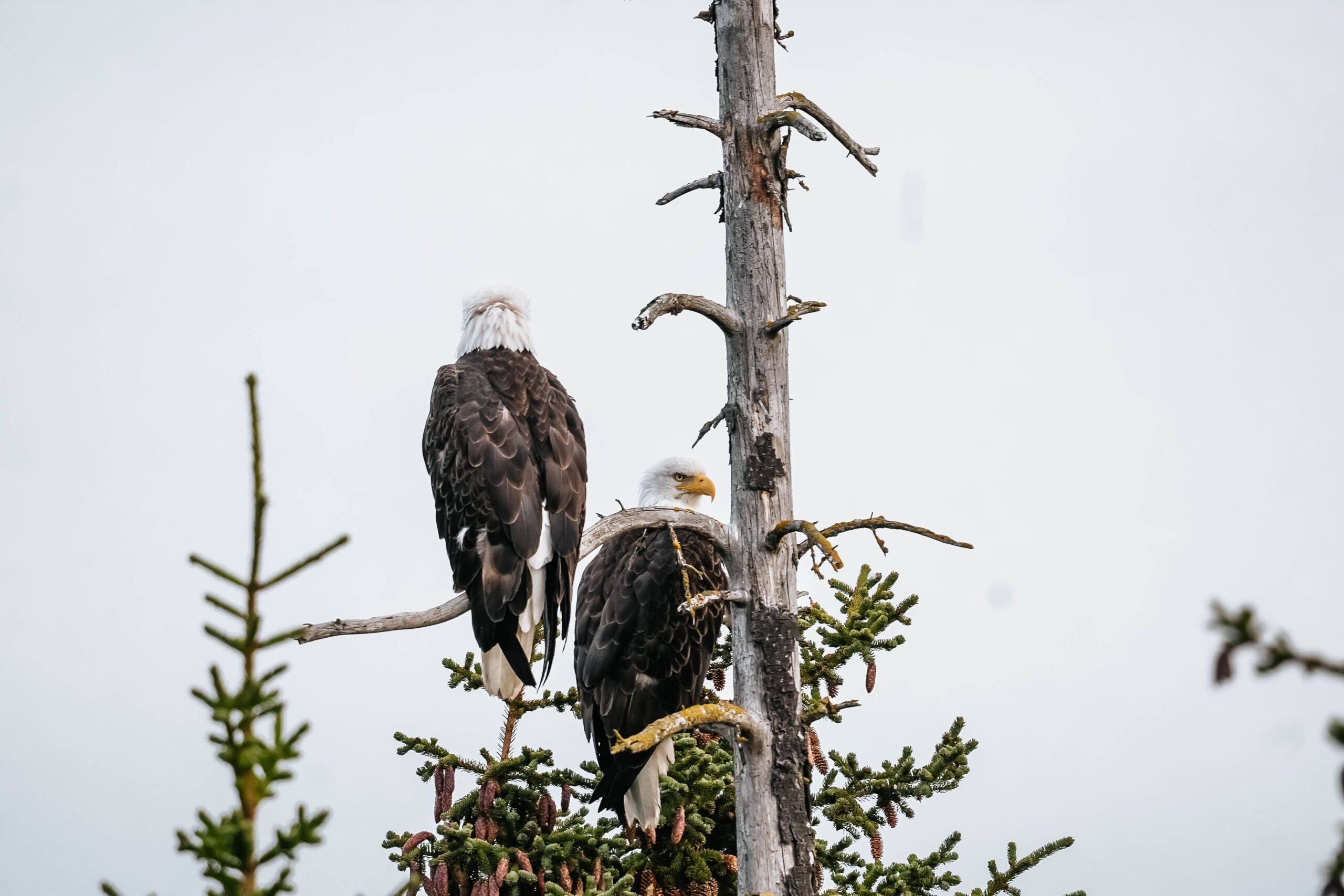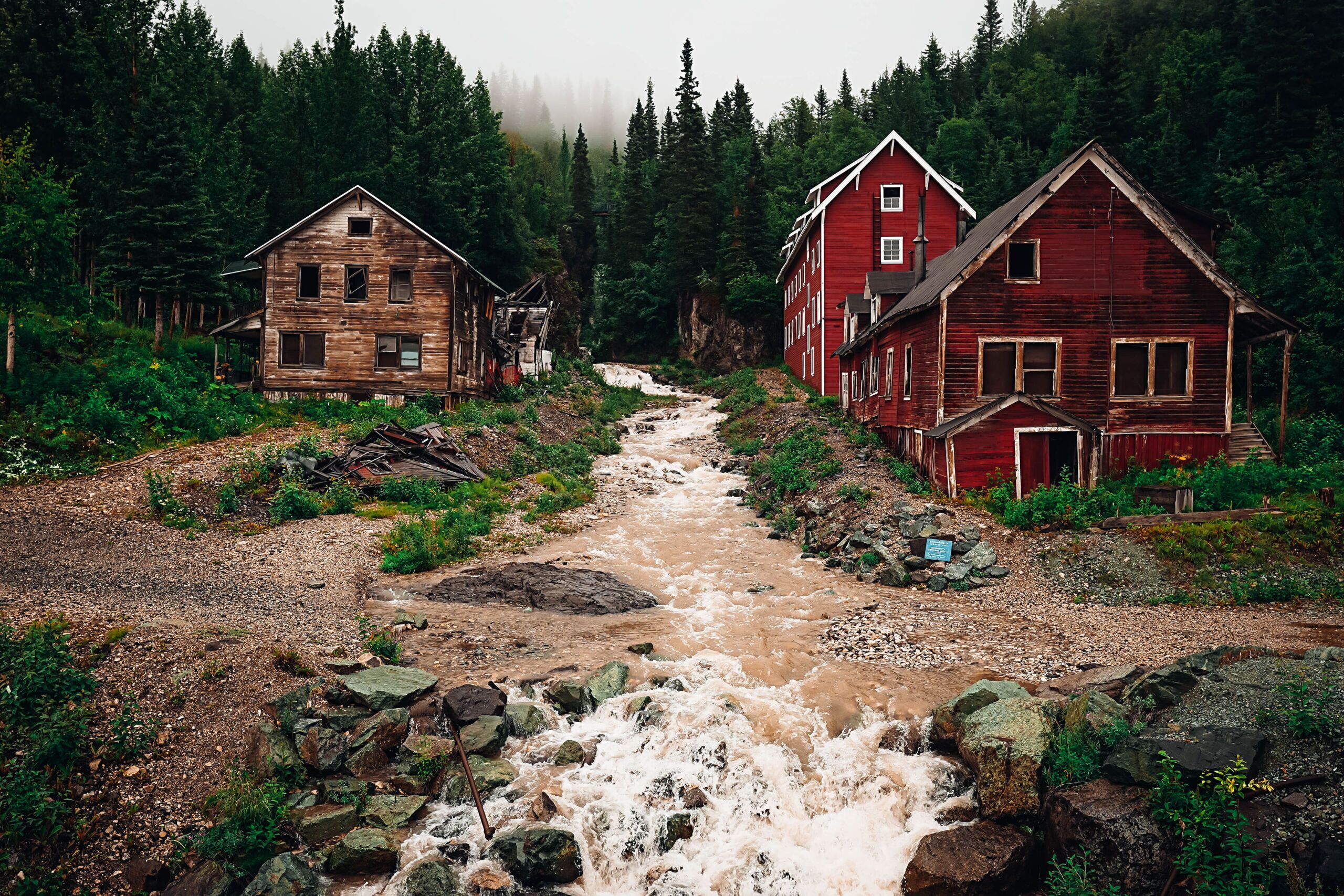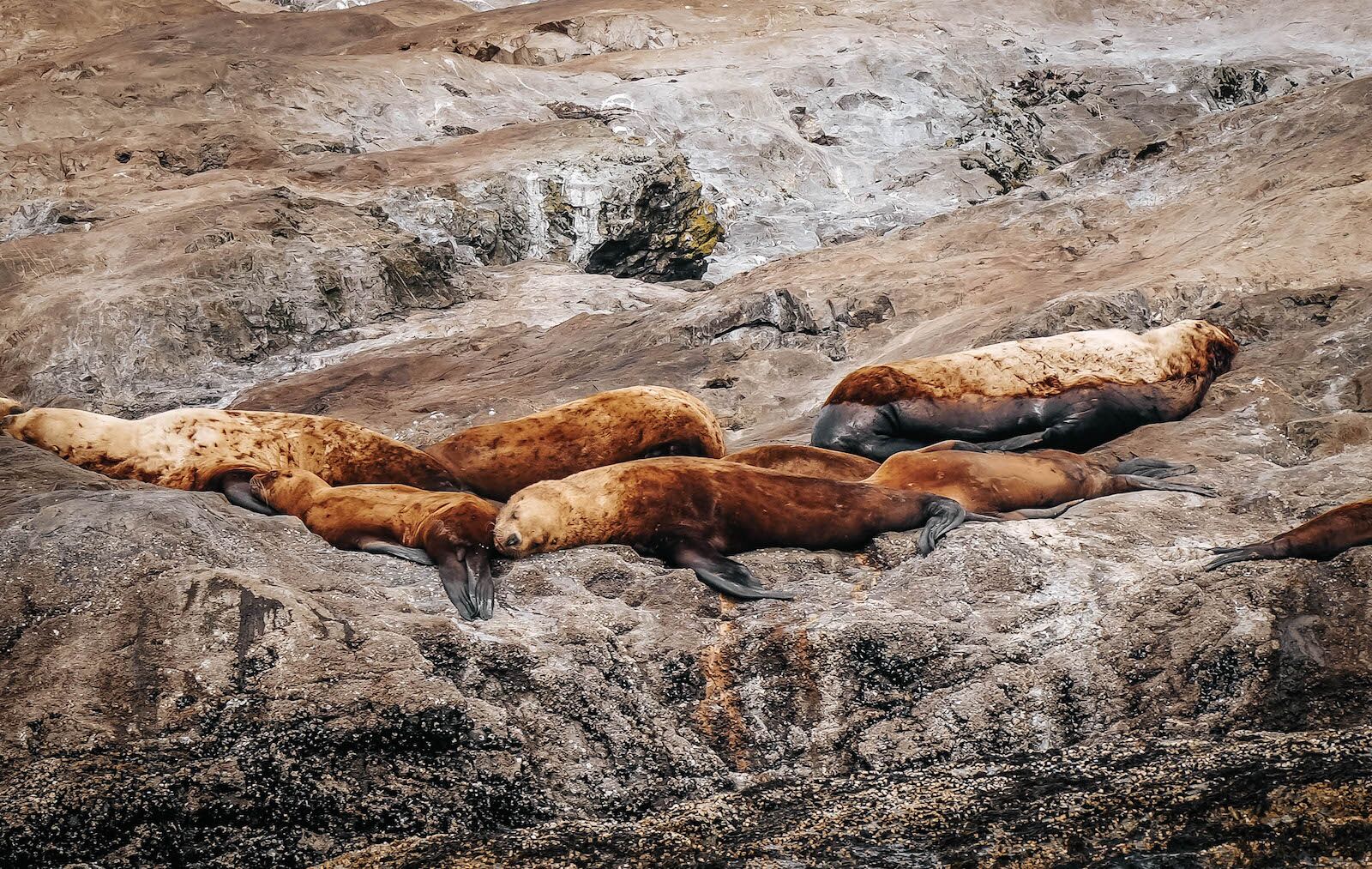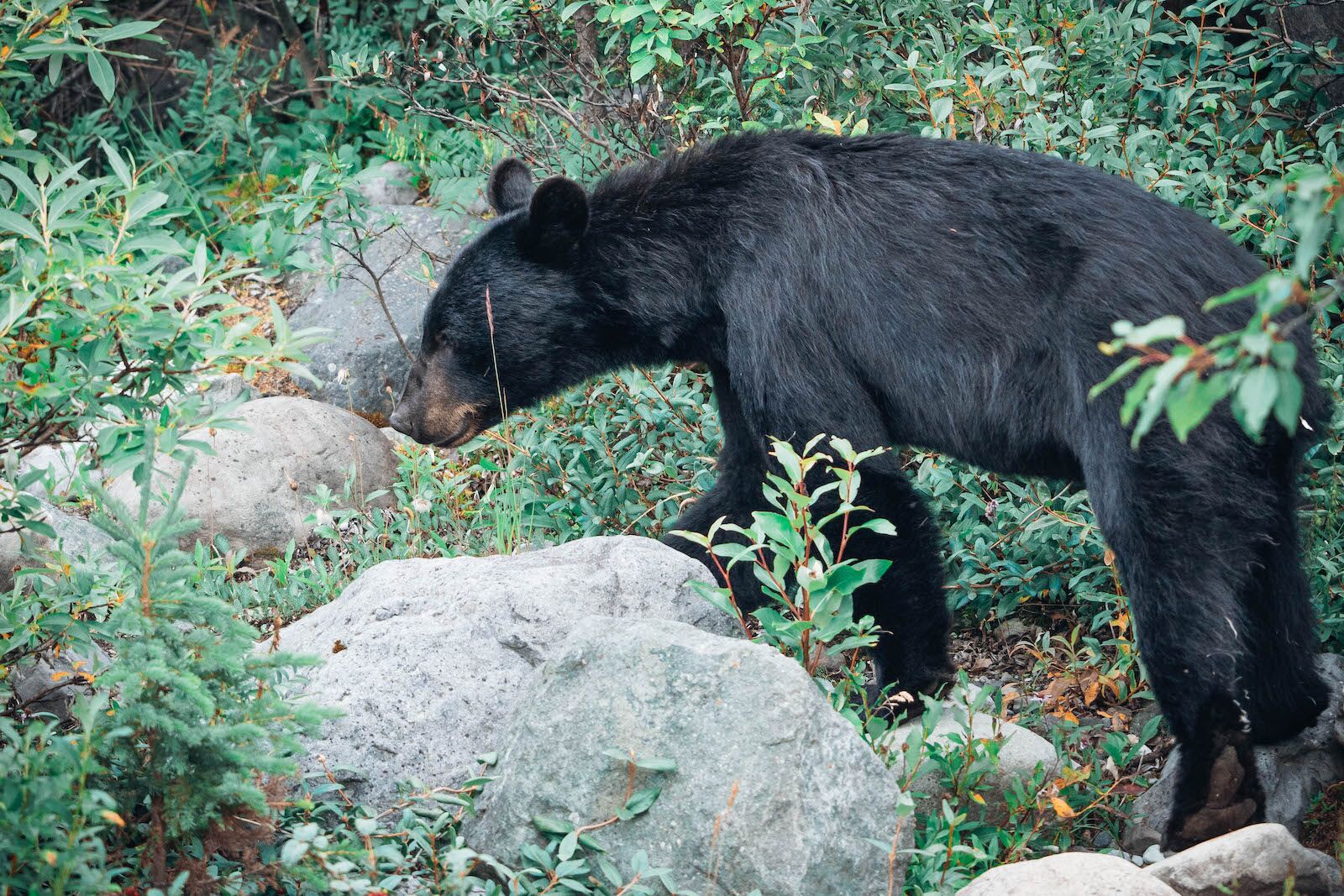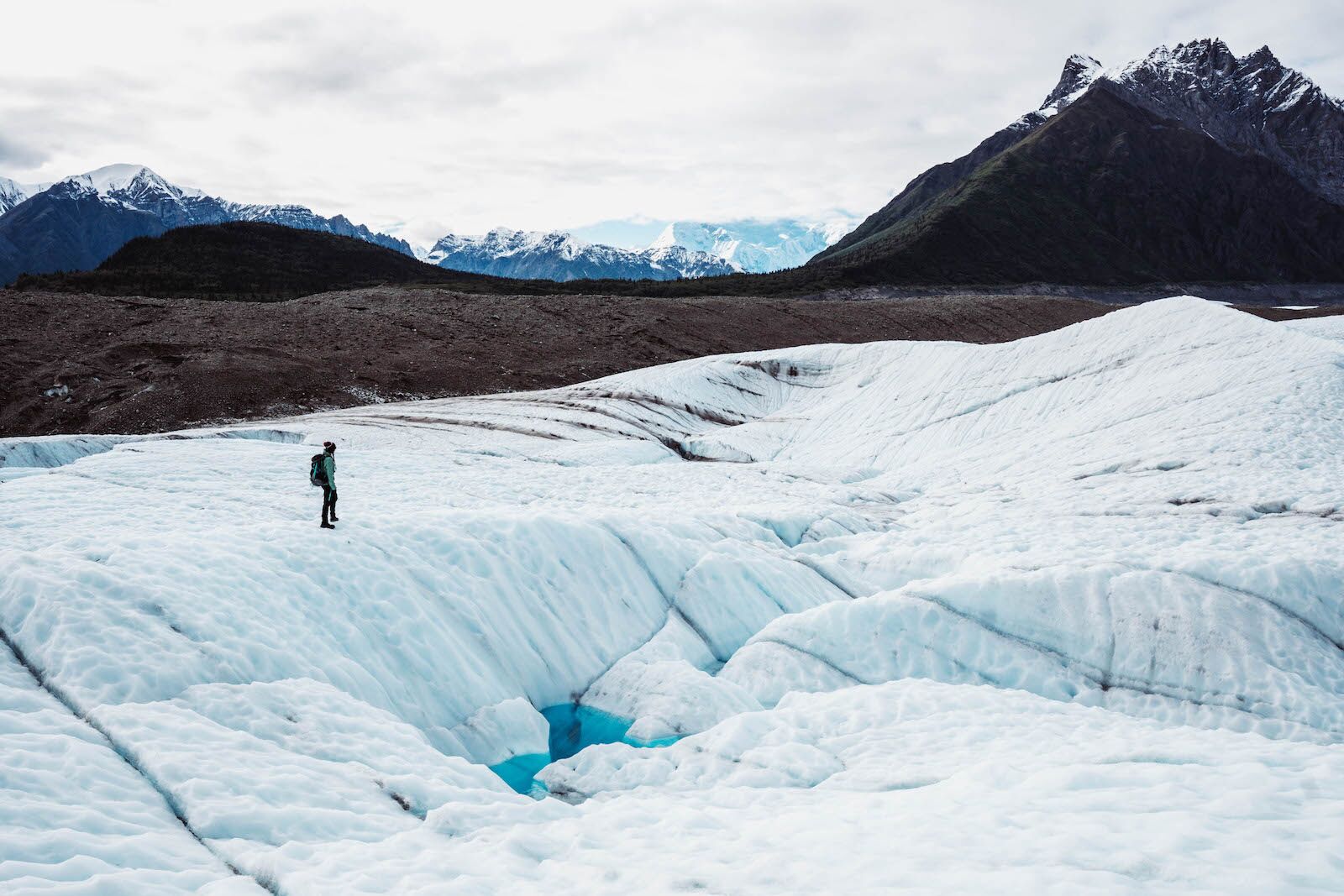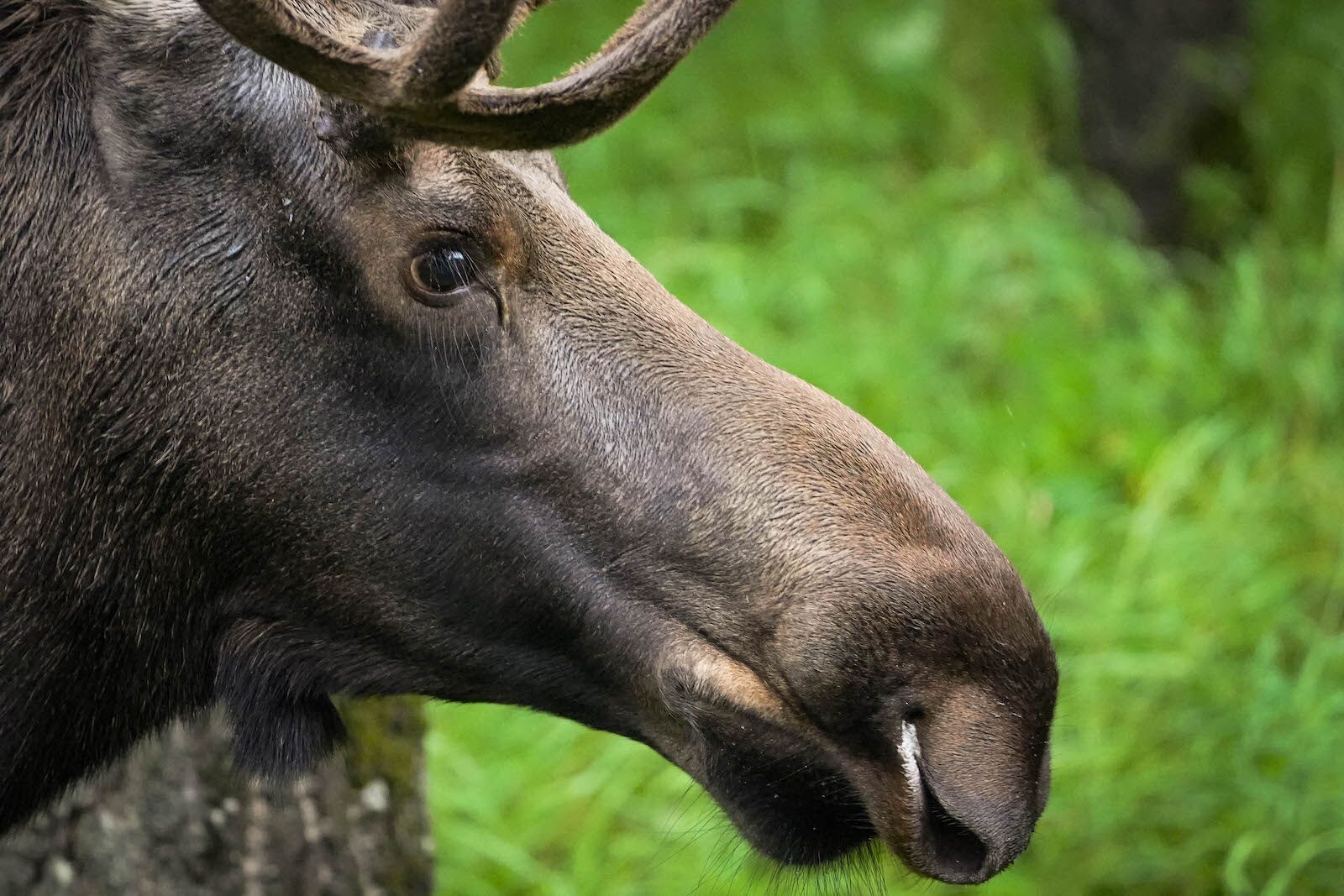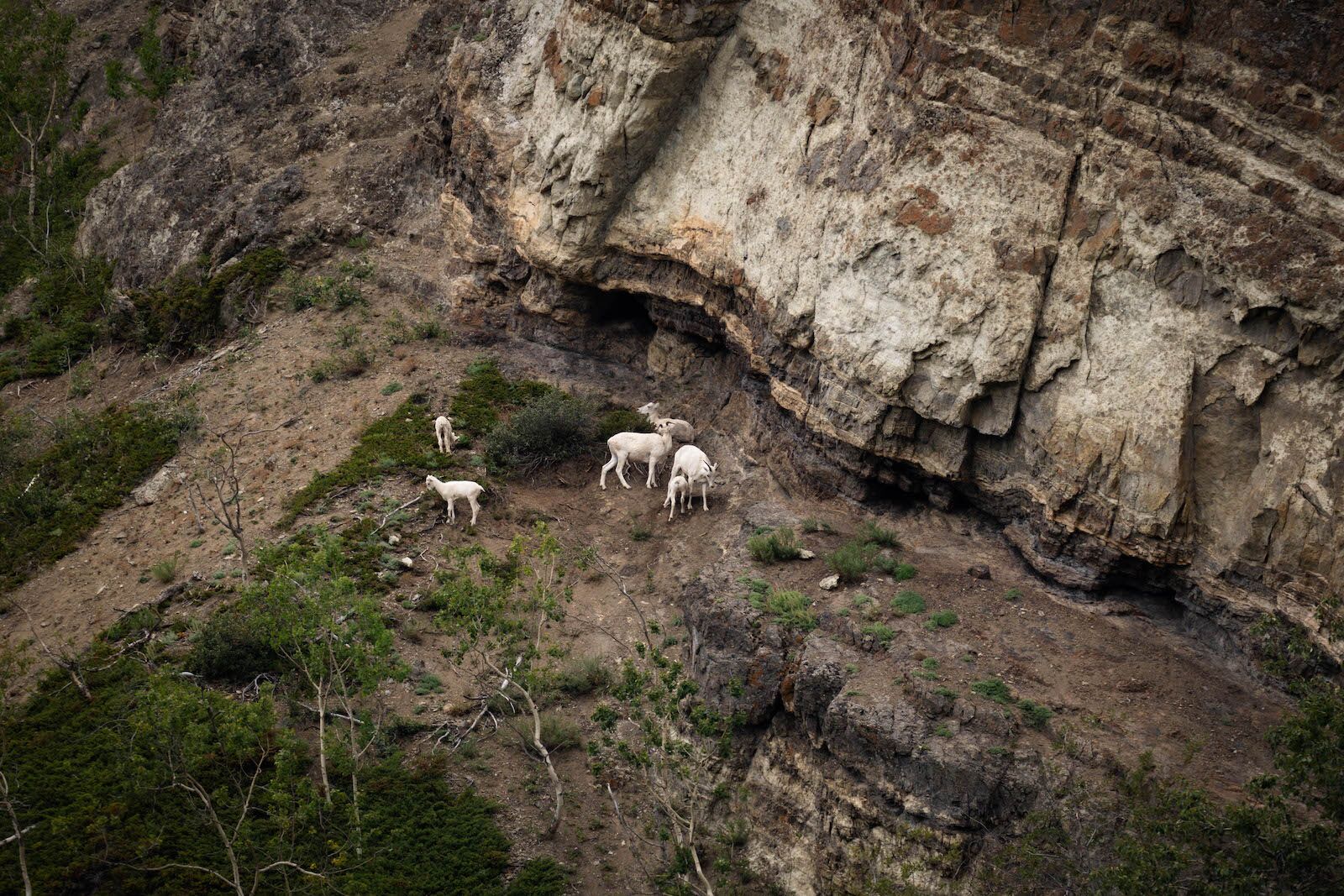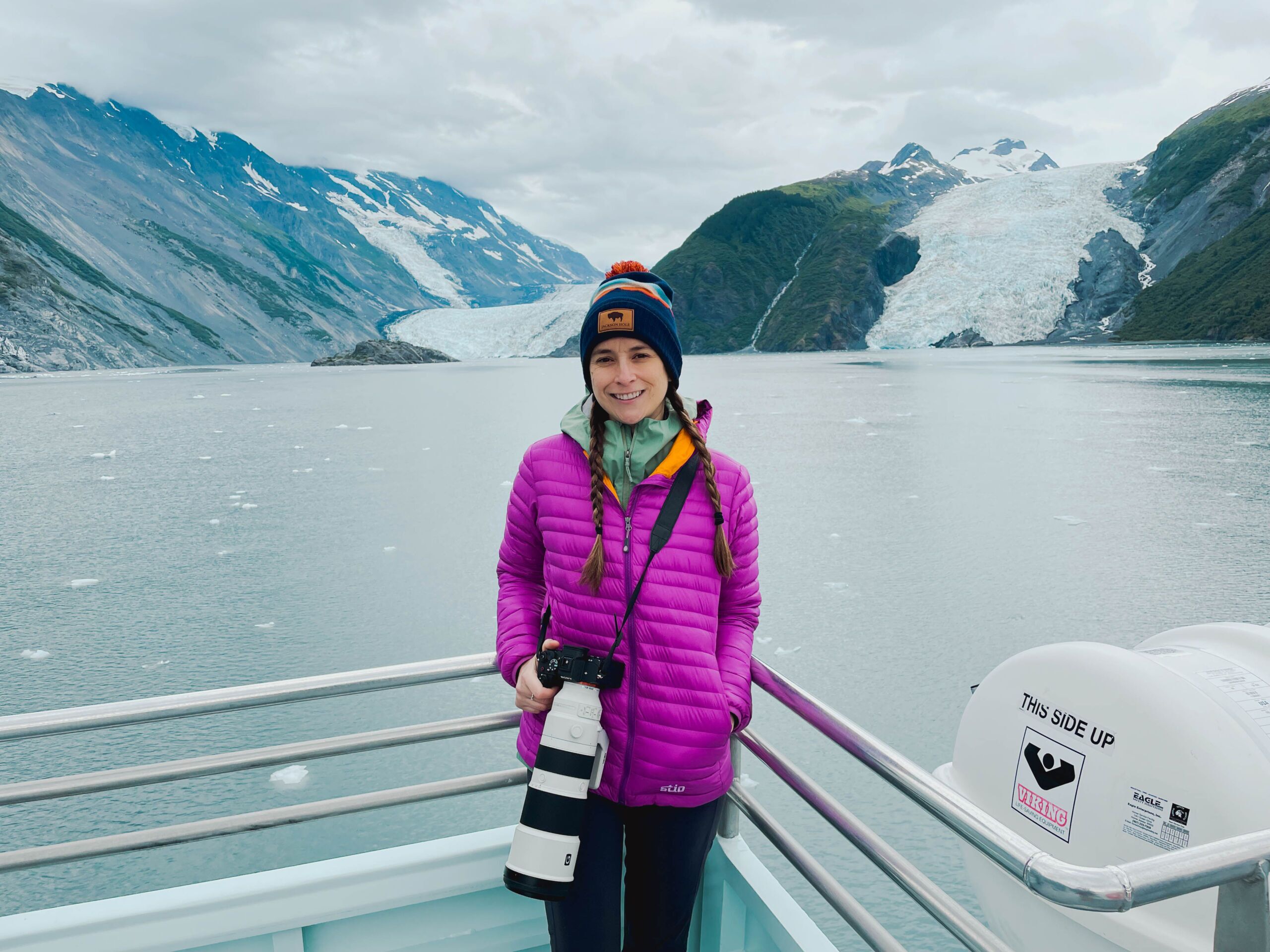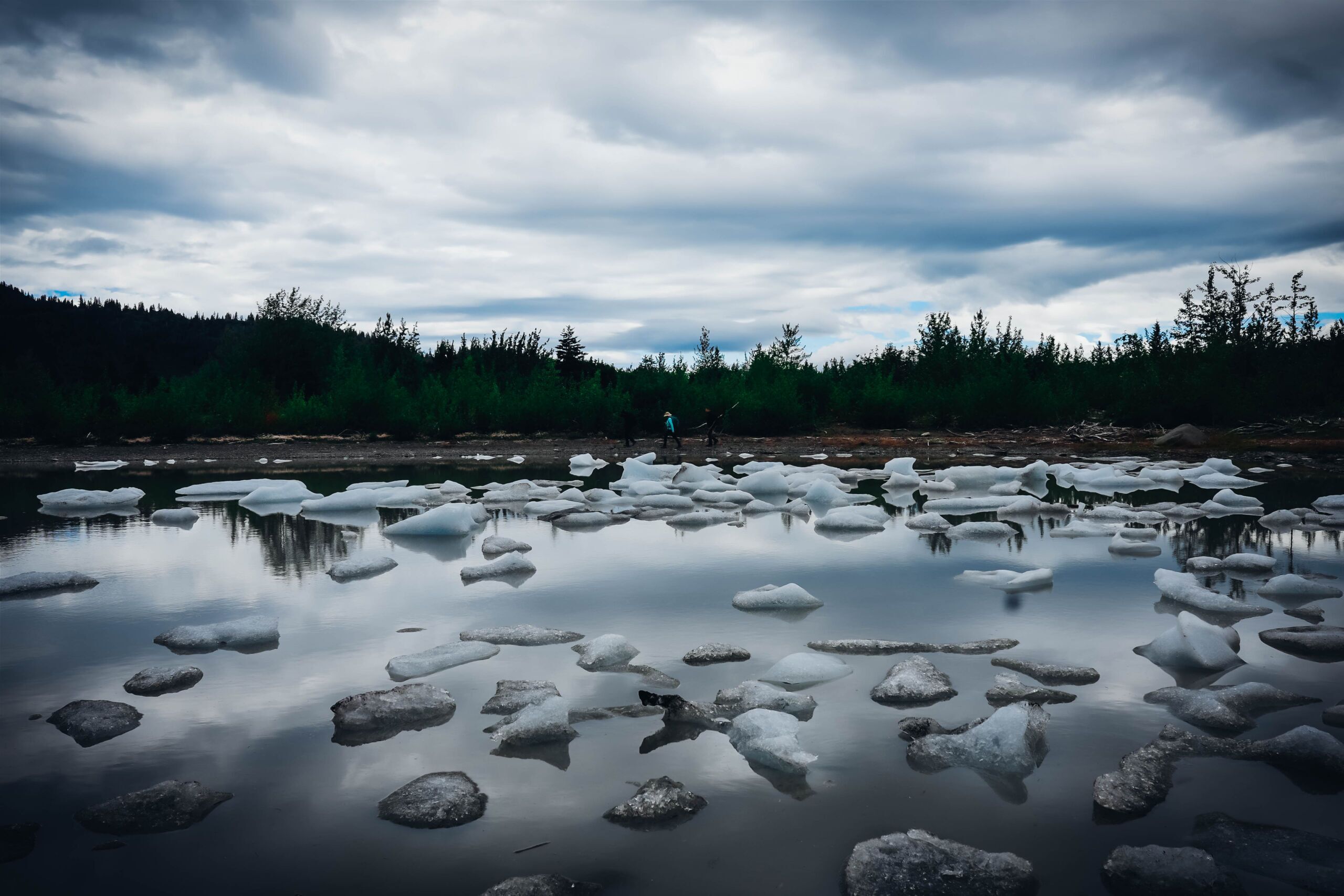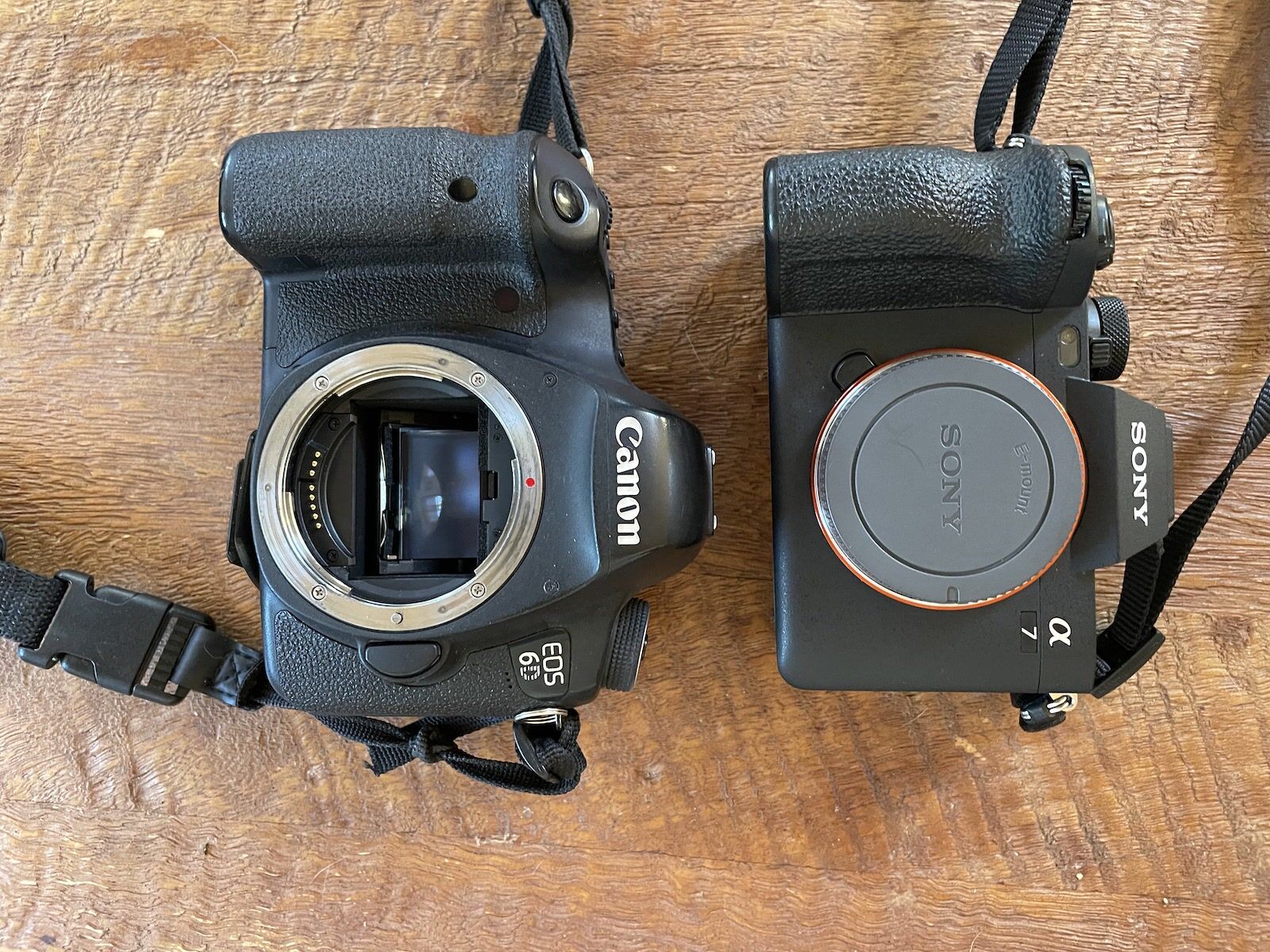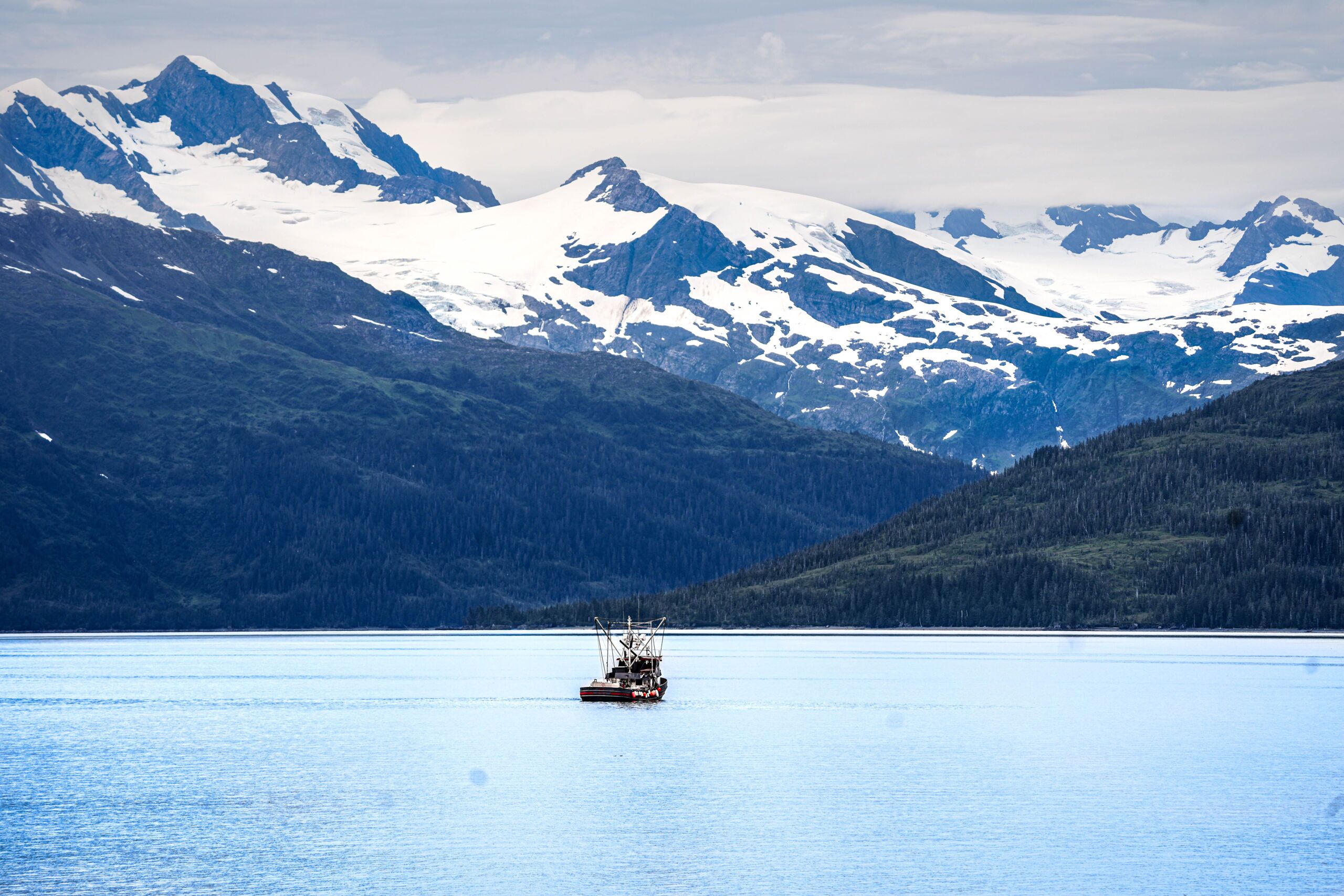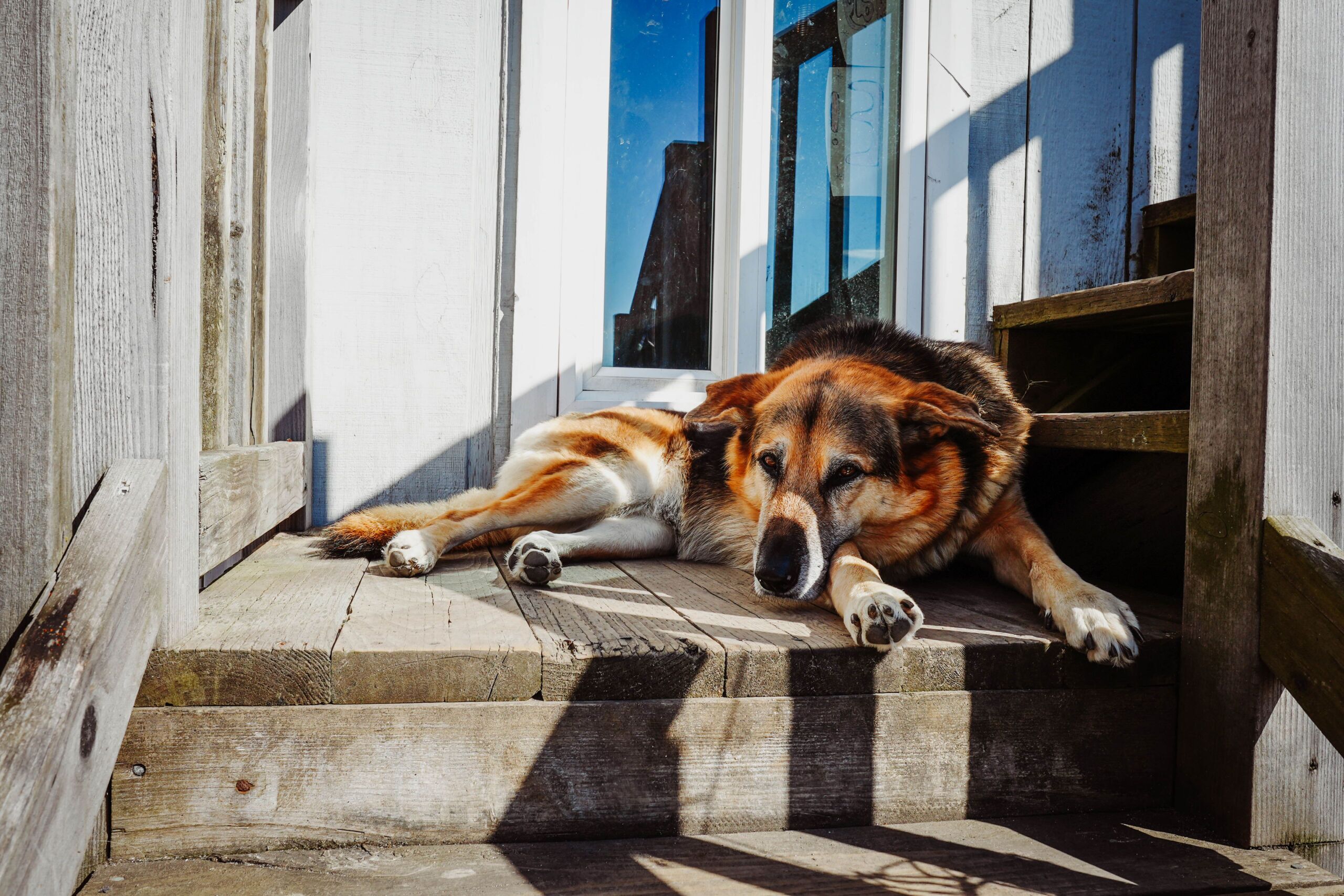Most photographers, professional or hobbyist, would probably name three major brands that rank above all others: Canon, Nikon, and Sony. But one of the most impressive recent cameras is the Sony Alpha 7 (abbreviated a7). It was released in October 2013 and was followed by the Sony a7 II in late 2014 and the Sony a7 III in October 2017.
The most recent version, however, is the drool-worthy Sony a7 IV, which I was fortunate enough to test on a recent trip through Alaska. Though I almost always travel with a DSLR camera, I’ve never had so many people stop me and ask my thoughts about the camera or, even still, ask if they could hold it and look through the viewfinder.

